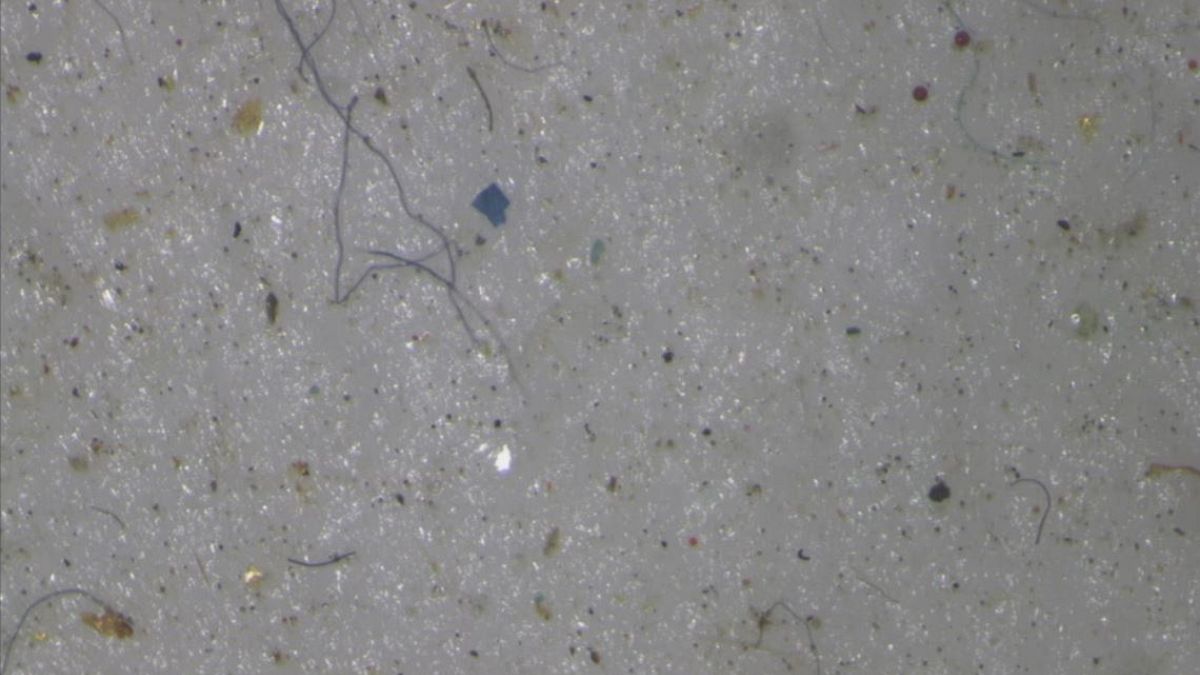Plastic particles of the kind harming sealife are also present in drinking water, the WHO says. But dirty water remains a bigger health concern.
Microplastic pollution caused by rubbish dumped at sea is also in drinking water, the World Health Organisation (WHO) said in a new report that calls for more research on the potential health effects.
Particles of the kind increasingly found at the bottom of the ocean are present in some household water supplies, according to an analysis of the latest studies.
But water contaminated by disease-causing pathogens remains a far greater source of health concern, the WHO said.
It comes just days after shocked scientists found microplastic pieces in ice samples taken from a remote stretch of the Arctic.
While there have been high profile examples of plastic pollution harming wildlife, the WHO said not enough research exists to know if the presence of the tiniest grains in water is harmful to humans.
“We urgently need to know more about the health impact of microplastics because they are everywhere — including in our drinking water,” said Maria Neira, Director of Public Health, Environment and Social Determinants of Health at the WHO.
“Based on the limited information we have, microplastics in drinking water don’t appear to pose a health risk at current levels. But we need to find out more. We also need to stop the rise in plastic pollution worldwide.”
Human absorbtion 'limited'
According to the WHO analysis, which summarizes the latest knowledge on microplastics in drinking-water, microplastics larger than 150 micrometres are not likely to be absorbed in the human body and the uptake of smaller particles “is expected to be limited.”
In fact, levels of particles found in drinking water varied so widely between the different studies that no conclusions could be drawn, the WHO said in Thursday’s report.
Microplastics enter drinking-water sources from surface run-off after rainfall, wastewater effluent, industrial effluent, litter and wind. “Plastic bottles and caps that are used in bottled water may also be sources of microplastics in drinking water,” it said.
But microbial pathogens still represent “the most significant public health threat in drinking-water,” it said. In 2016, 485,000 diarrhoeal-related deaths worldwide were attributed to microbially-contaminated drinking-water and some two billion people drink faecally-contaminated water every day, it said.
Filtering water for infectious diseases and other microbes would also solve the problem of microplastics, it suggests.
“Although wastewater effluent is recognized as a key source of microplastic pollution in freshwater, pathogens and other chemicals associated with the lack of effective sewage treatment are of greater concern,” the WHO said.
“By addressing the bigger problem of exposure to faecally-contaminated water, communities can simultaneously address the smaller concern related to microplastics.”
